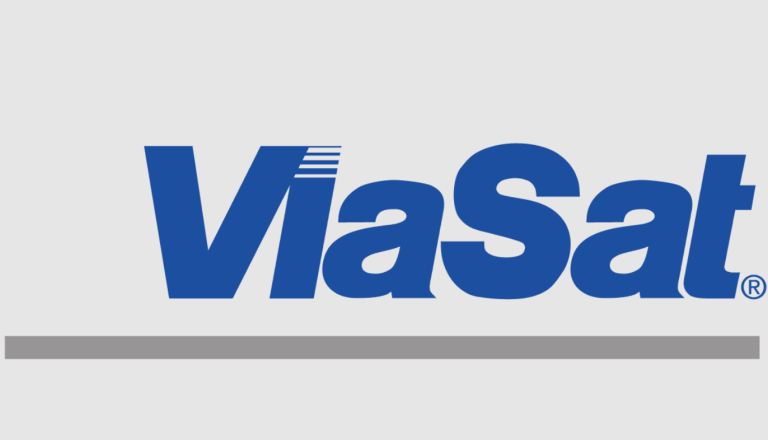Navigating the transition from Kaiser Permanente to Medicare can be a complex process. This exclusive article aims to provide a comprehensive guide to help you understand the intricacies involved in switching from Kaiser to Medicare. We will explore the key factors to consider, the steps involved in the transition, and important deadlines to keep in mind.
Understanding Kaiser Permanente and Medicare
Kaiser Permanente
Kaiser Permanente is a renowned healthcare organization that offers a unique integrated model of care, combining health insurance and healthcare services under one roof. Members typically have access to a network of Kaiser Permanente facilities and providers.
Medicare
Medicare is a federal health insurance program primarily designed for individuals aged 65 and older, as well as certain younger individuals with disabilities. It comprises different parts, each covering specific healthcare services:
- Part A (Hospital Insurance): Covers inpatient hospital stays, skilled nursing facility care, hospice care, and some home health care.
- Part B (Medical Insurance): Covers doctor’s visits, outpatient care, medical supplies, and preventive services.
- Part C (Medicare Advantage): Offers an alternative way to get Original Medicare (Part A and Part B) benefits through private insurance companies.
- Part D (Prescription Drug Coverage): Provides coverage for prescription drugs.
Key Factors to Consider When Switching from Kaiser to Medicare
Eligibility
- Age: You must be at least 65 years old to be eligible for Medicare.
- Citizenship or Legal Residency: You must be a U.S. citizen or a legal resident for at least five continuous years.
- Work History: You or your spouse must have worked for at least 10 years in Medicare-covered employment.
Coverage
- Compare Benefits: Carefully compare the coverage offered by Kaiser Permanente and Medicare to ensure your healthcare needs are met.
- Prescription Drug Coverage: If you require prescription drug coverage, consider enrolling in Medicare Part D or a Medicare Advantage plan that includes drug coverage.
- Provider Network: Check if your preferred healthcare providers are included in the Medicare network you choose.
Costs
- Premiums: Medicare Part B and Part D have monthly premiums. Medicare Advantage plans may also have premiums.
- Deductibles and Copayments: Be aware of the deductibles and copayments associated with Medicare and Medicare Advantage plans.
- Out-of-Pocket Maximums: Understand the out-of-pocket maximums for each plan to avoid unexpected expenses.
Steps Involved in Switching from Kaiser to Medicare
Step 1: Enroll in Medicare
- Initial Enrollment Period (IEP): The IEP is a seven-month period that begins three months before your 65th birthday month, includes your birthday month, and ends three months after your birthday month.
- General Enrollment Period (GEP): If you miss your IEP, you can enroll during the GEP, which runs from January 1 to March 31 each year.
- Special Enrollment Period (SEP): You may qualify for an SEP if you have certain life events, such as losing employer-sponsored health coverage.
Step 2: Notify Kaiser Permanente
- Inform Kaiser: Contact Kaiser Permanente to inform them of your decision to switch from Kaiser to Medicare.
- Termination Date: Confirm the termination date of your Kaiser Permanente coverage to avoid any gaps in coverage.
Step 3: Choose a Medicare Plan
- Original Medicare (Part A and Part B): You can enroll in Original Medicare directly through the Social Security Administration.
- Medicare Advantage (Part C): If you prefer a Medicare Advantage plan, compare different plans offered by private insurance companies.
- Medicare Part D: Enroll in a standalone Part D plan or a Medicare Advantage plan that includes drug coverage.
Step 4: Coordinate Coverage
- Medigap: Consider purchasing a Medigap policy to help cover out-of-pocket costs associated with Original Medicare.
- Coordination of Benefits: If you have other health insurance coverage, understand how it will coordinate with Medicare.
Important Deadlines to Keep in Mind
- Initial Enrollment Period (IEP): Enroll in Medicare during your IEP to avoid late enrollment penalties.
- Annual Enrollment Period (AEP): The AEP runs from October 15 to December 7 each year. You can make changes to your Medicare coverage during this period.
- Special Enrollment Period (SEP): Take advantage of SEPs if you qualify due to certain life events.
Additional Considerations
- Employer-Sponsored Coverage: If you have employer-sponsored health coverage, understand how it will interact with Medicare.
- Low-Income Subsidy (LIS): If you have limited income and resources, you may qualify for LIS to help pay for Medicare Part D premiums and costs.
- State Health Insurance Assistance Program (SHIP): Contact your local SHIP for free, personalized counseling about Medicare.
Conclusion
Switching from Kaiser to Medicare is a significant decision that requires careful planning and consideration. By understanding the key factors involved, following the necessary steps, and adhering to important deadlines, you can ensure a smooth transition and continue to receive the healthcare coverage you need.
Read More: The Self-Employed 1099 Employee: A Comprehensive Guide






